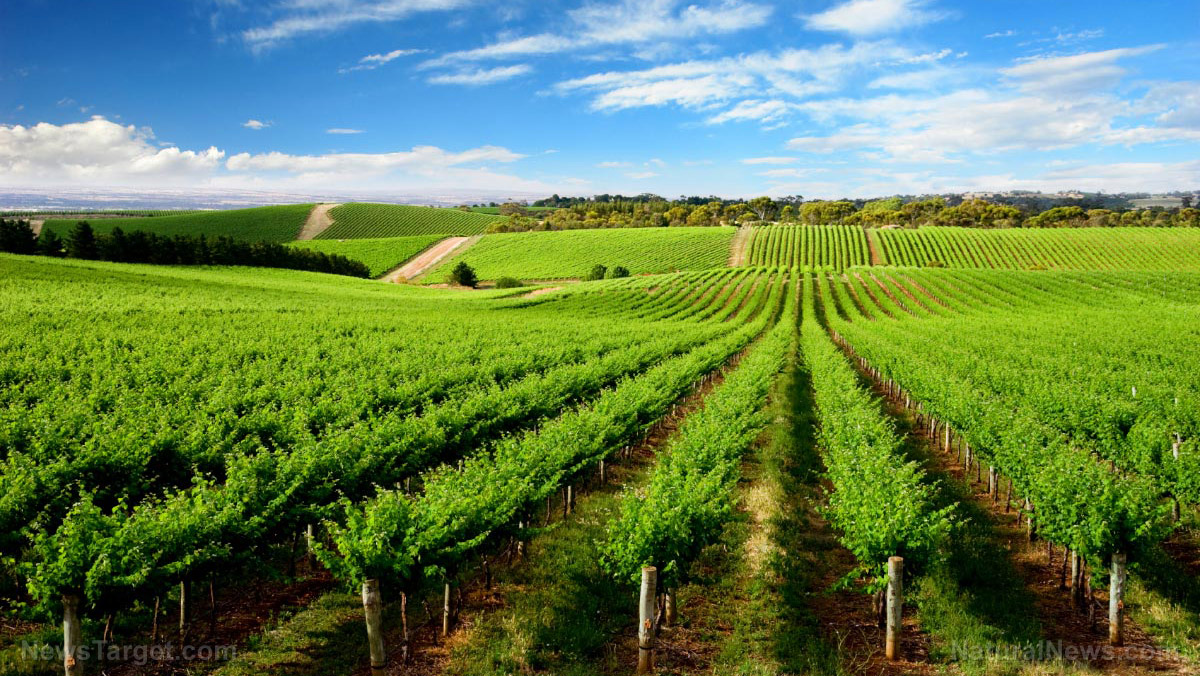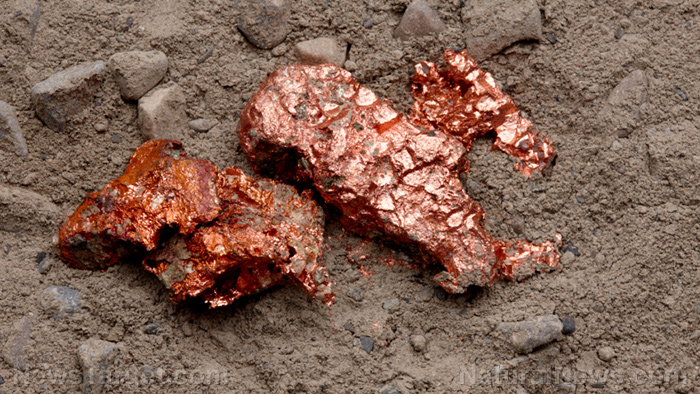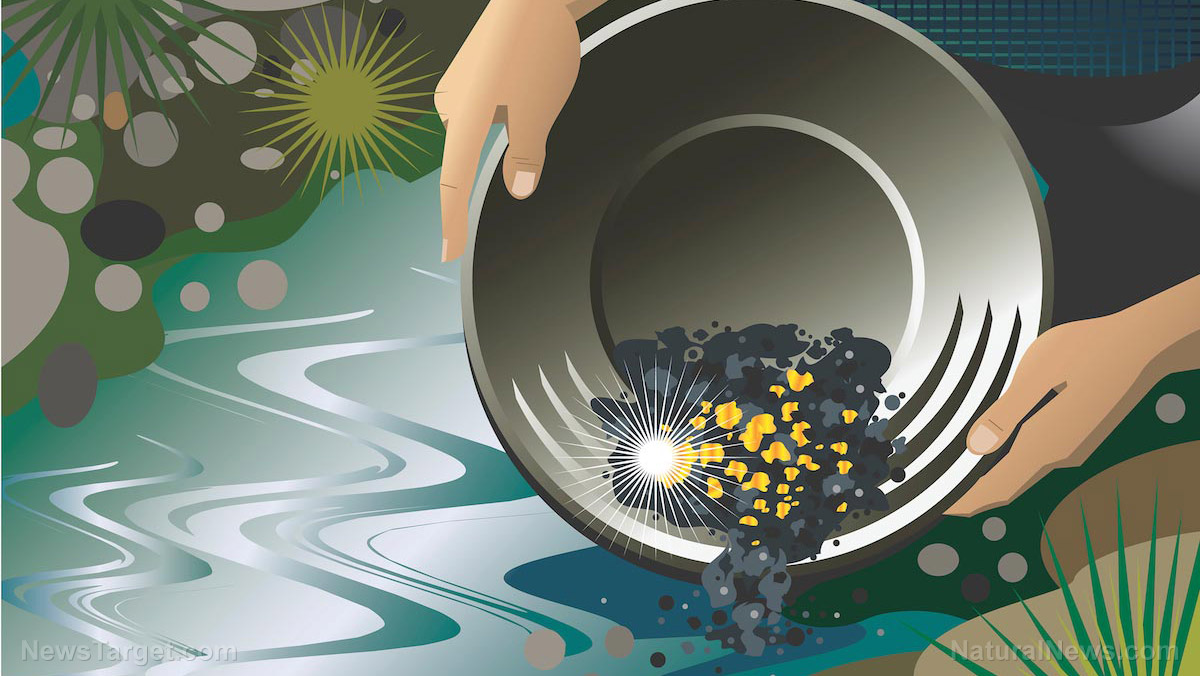
In the study, the researcher team gathered 53, 249, 169, 139, and 413 samples taken from vegetable fields, arable cropland, hop fields, orchards, and vineyards, respectively. Moreover, they measured copper levels in the aqua-regia extracts of these samples with the use of flame atomic absorption spectrometry. On the other hand, the minimum, maximum, average, and median concentrations were computed for five land uses and for all the eight agricultural production areas. Furthermore, they measured the sample portions below and/or above the limit, warning, and critical concentrations of 60, 100, and 300?milligrams per kilogram (mg/kg), respectively. Then, they compared the results for different land uses and production areas.
The results of study revealed that the copper levels in the vegetable, arable crop, and hop fields and orchards did not go beyond the critical levels. However, the copper concentrations in the vineyards surpassed the critical concentration. The highest copper levels recorded was 508 mg/kg. Furthermore, the research team observed that the copper levels in the agricultural lands in the towns of Celje and Maribor in Slovenia are increasing.
The findings of the study were published in the journal Soil & Plant Science.

Copper in vineyard soils
Copper may be important for the growth of plants. Moreover, soil naturally contains copper. However, excessive amounts of copper in the soil can lead to copper toxicity. Copper is a non-degradable heavy metal that can build up in soil or leach into water sources. In addition, it has low solubility, which makes it persistent in the soil for years. Hence, the study still found high concentrations of copper in vineyard soils even after 12 years.
Copper toxicity happens due to the repeated use of fungicides that contain copper. Copper fungicides are used often used by viticulturists to fight against downy mildew. Fungicides that contain copper have been used in Europe on agricultural soils, such as vineyard soils, for more than 100 years. High levels of copper in the soil affects the plants by reducing seed germination, plant vigor, and iron intake. (Related: Wastewater rapidly poisoning vegetables with heavy metals.)
Plants that are affected by copper toxicity appear stunted, and are usually bluish in color which will eventually turn yellow or brown. Because of its toxic effects, scientists continue to search for ways on how to remove it from the soil — which is extremely difficult. A mini review on the remediation of copper in vineyards found that studies suggest that microorganism-assisted phytoextraction using plants and bacteria is the most promising method to actively extract copper. Meanwhile, remediation of copper through active plant extraction and chelate are not efficient as they extract too little copper or risk leaching. The mini review also found that microorganism-assisted phytoextraction is difficult to execute because finding plants that mainly accumulate copper in their shoots remains a challenge. Moreover, a whole pant removal would consume too much time and more money.
“Vineyard remediation requires a holistic approach including sustainable soil management, proper plant selection, increasing biodiversity and microorganisms,” the researchers wrote.
Read more stories on toxic elements like copper at Chemicals.news.
Sources include:
Please contact us for more information.






















